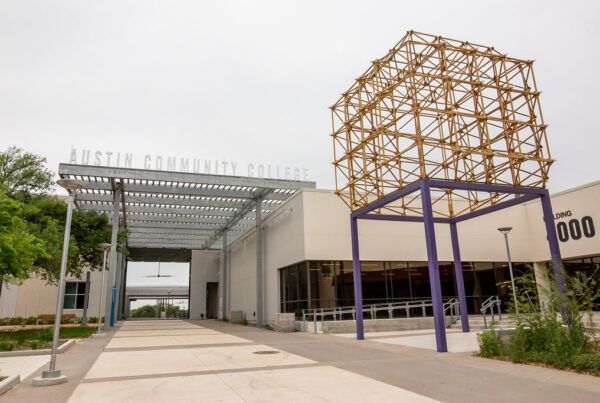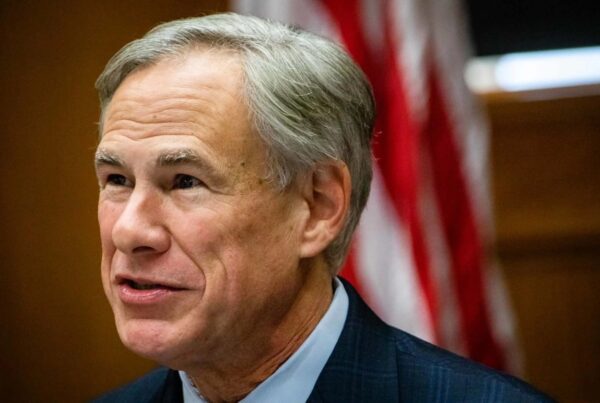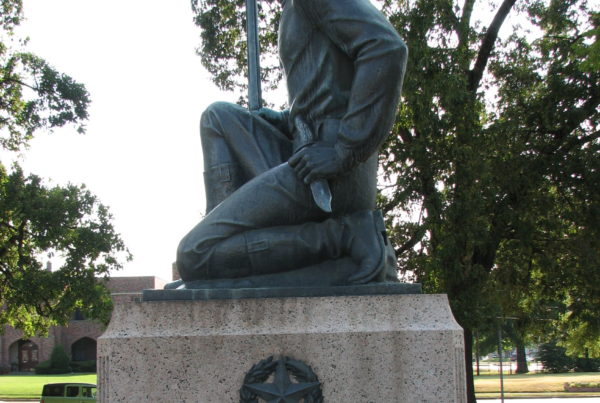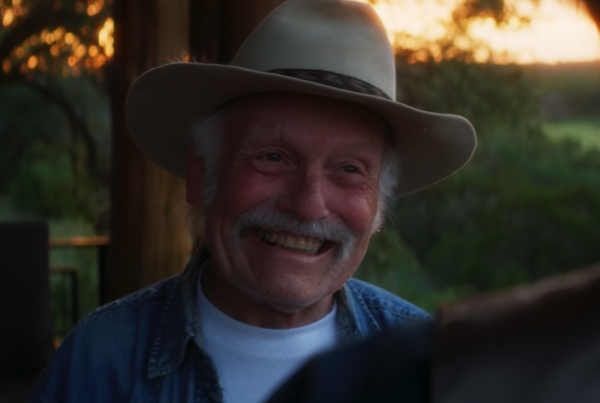From Texas Public Radio:
The Texas foster care system has spent more than a quarter billion dollars the past three years housing foster kids in what experts have called dangerous, unregulated facilities like hotel rooms and leased homes.
The Department of Family and Protective Services spent more than $260 million between fiscal year 2021 and the end of August 2023, under the Children Without Placement or CWOP category, according to a state document obtained by TPR.
The sustained high costs call into question the strategy the state has employed to improve what is understood to be a temporary and emergency program and suggests the department is mired by an issue affecting a tiny fraction of the tens of thousands under its care. Some former DFPS workers have described CWOP as hijacking the agency.
“They’re putting a quarter billion dollars’ worth of Band-Aids on a shadow system that is inherently dangerous and wrong, and they have to come up with a plan,” said Paul Yetter, who represents current and former foster children in the long-running foster care litigation.
Advocates, experts and a federal judge have decried the practice of what they call warehousing of youth in hotel rooms and leased homes. Federal court documents and testimonies showed the facilities lacked services, at times lacked readily available food, and consistent supervision for the state’s most vulnerable foster children.
Children Without Placement has been around for many years but the phenomena as it exists today began rising dramatically in 2020 and 2021 going from a few handfuls of kids needing a couple days for a bed to open up at a new placement or foster home — to a few hundred kids waiting weeks and at times months. It peaked in July of 2021, with more than 400 children each night needing a place to stay. It has since dropped to around 100 youth a month.
The numbers suggest that the per capita cost last fiscal year could be as high as hundreds of thousands of dollars per youth on the opaque system.
One hundred and fifty-five million dollars of the total was for what are called Child Specific Contracts, which are supposed to mean a licensed place to stay at a higher rate of per-day pay. Their inclusion in the total CWOP expenses couldn’t be explained by the time of publication.
The DFPS report lists various high-dollar expenses including $35 million for security, $34 million in overtime and $14 million in staff travel expenses.
“Over the last three years, the state has spent $35 million on police guards for these children in this shadow system and less than 1% of that number, in contrast, on nurse services, basic health care… $137,000 on nurses and $35 million on police guards. They’ve got the priorities completely backwards,” said Yetter.
The budget document includes no expenses for mental health treatment, despite these youth being well documented as having high mental health needs, and aggression.
Spending revelations come after a federal hearing last month where a former youth and former DFPS workers described the grim conditions of state-leased homes and rented hotels.
Witnesses described children kept in houses and rooms without enough beds, of overmedicated teenagers and — at one leased home — multiple teens being sex-trafficked. They described hotels being used that were just a stone’s throw from drug deals and sex workers. The testimony dovetailed with TPR’s own reports of a Bexar County youth being trafficked for sex while living in a taxpayer funded hotel.
State officials have previously said they are making progress and have enacted grants and other incentives to bring capacity for licensed placements online. They have seen multiple applications to bring programs aimed at helping kids with high levels of trauma as of late last year. The state could not provide a total amount of capacity that has been built for this population since 2021 by the time of publication.
“We continue our intense, nonstop efforts to find appropriate placements for every child and youth in foster care, many with complex histories of trauma,” said Patrick Crimmons, a spokesman for the DFPS “With the full support of the Legislature, every possible tool and strategy is being utilized to both expand and stabilize the system’s capacity, while continuing to encourage kinship care whenever possible.”
The state has been criticized multiple times by a federal judge for leaving millions on the table in federal dollars, and in money offered by the Plaintiffs lawyers — who set up a trust where lawyers’ fees from the litigation can be used for foster youth.
State officials said they are also doing more to help staff who work CWOP shifts, adding security, and attempting to add additional tools to work with youth.
“You asked for more structure and consistency to produce better outcomes,” wrote Stephanie Muth, DFPS commissioner in an email to CPS workers “So, we are creating daily structure and clear expectations for all Child Watch [CWOP] sites to support consistency, predictability, and routine.”
But improving the unregulated system is not what advocates want ultimately. They want it to end, and they question the inefficient use of funds. Some have asked why — for $262 million — the state couldn’t build its own treatment center specifically for CWOP youth. For context, the legislature recently passed $200 million for Juvenile Justice to build facilities that will accommodate as many as 200 children with serious mental health needs and aggression.
Some have pointed out that the comparison isn’t fair, because incarcerated youth are not able to run away, and CWOP kids are prone to it.
“We find them, we secure them, we bring them back in a system. And two months later, they run away, and then they’re gone for a month,” said Texas House Rep. Gene Wu, a Democrat who represents part of Harris County. He authored numerous foster care bills and has represented families dealing with the department.
He doesn’t see any clear alternatives to CWOP, but instead an agency that isn’t being given all the resources it needs.
“CPS did the best they could, given the circumstances of Covid and the restrictions placed on them by the legislature,” he said.
Wu said the legislature hasn’t done enough to help. He said they haven’t moved fast enough on raising payment rates for residential treatment providers. Providers have told TPR they expect higher rates to come online in 2025.
No such substantive rise is expected for kinship providers — or payments to people related to a child to take over their care. Making the payments for families equal to those of unrelated foster parents has proved successful in other states and was singled out by an expert panel to DFPS in 2021. But the state has continued to drag its feet on the issue.
Another issue Wu pointed to was that he said some residential treatment providers “cherry-pick” kids with fewer known psychological problems. Other stakeholders have said providers actively avoid CWOP youth, seeing them as a threat to their licensing. Wu said the state should make it impossible to refuse to serve the youth and pay providers more.
“They don’t want the kids that are hard to deal with because we’re barely paying them as it is,” Wu said.
He said the swollen expenses associated with CWOP show how inefficiently the money is being used. But the ultimate responsibility goes beyond just the legislative body.
“Should the legislature have increased reimbursement rates a long time ago? Absolutely, 100%.” he said “Why didn’t we do that? Go talk to Governor Abbott. It’s his agency. He controls it. Why didn’t they ask for that much more money? Why didn’t he put it in his budget that he wanted to raise those?”
More than 800 children were in CWOP last calendar year, some for just days, some for weeks. Many continue to bounce back and forth through the system. At the end of the day, Yetter said the state is accountable for that.
“That’s not an excuse to say, ‘well, we just don’t have enough placements,’” said Yetter. “That’s the state’s job. They are constitutionally obligated. Morally obligated to give every foster child a safe home.”














